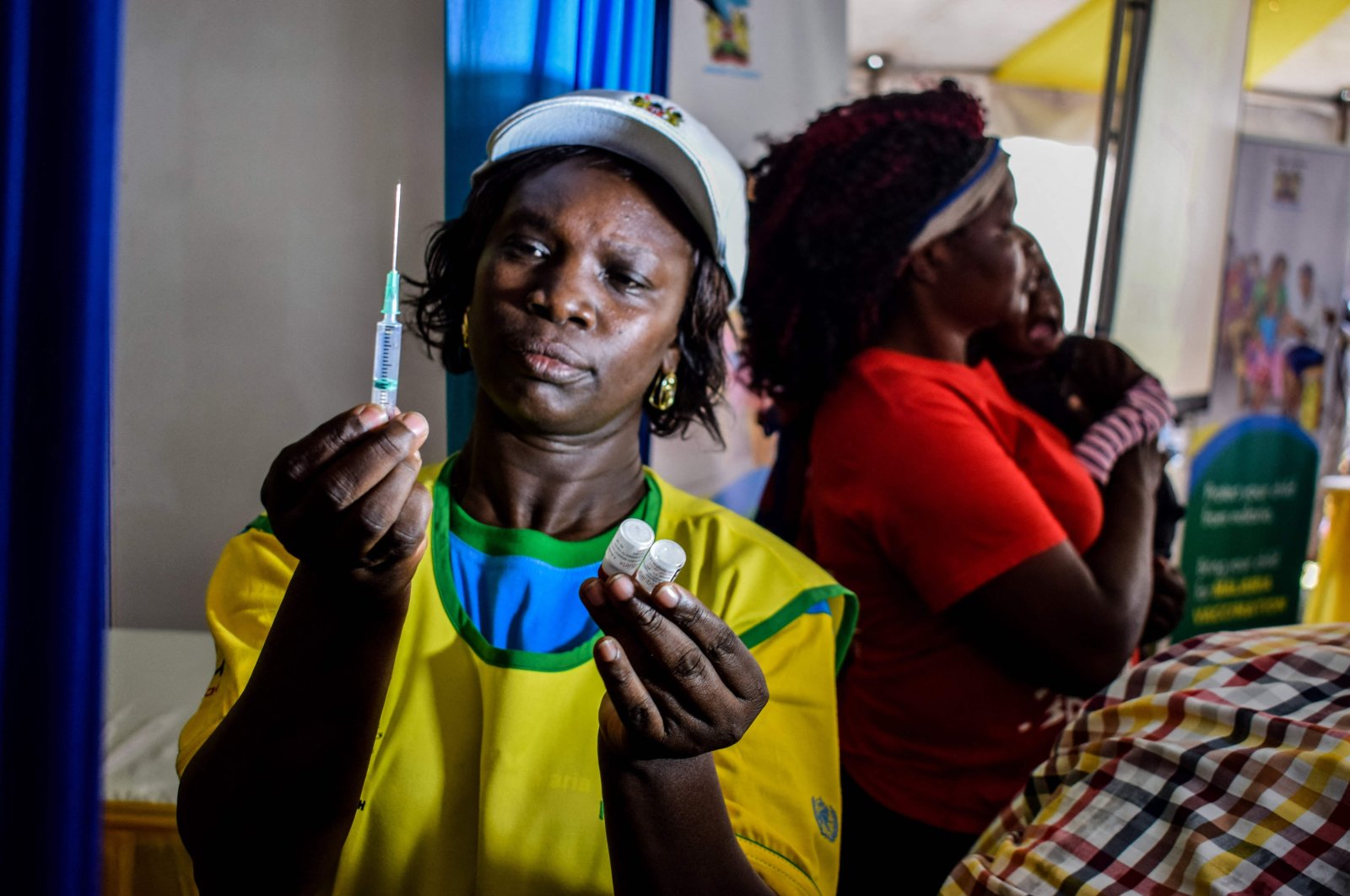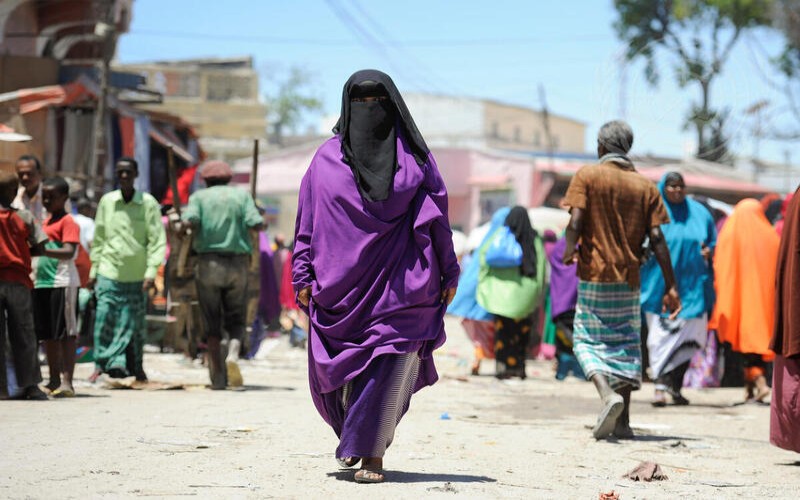Data gaps threaten Kenya’s health goals as key indicators on mental health, drugs go unmeasured

The brief highlights that 11 indicators remain untracked because data is missing, outdated or not disaggregated by gender, age or region, obscuring the true state of health inequalities across the country.
Kenya currently monitors only 17 out of 28 global health indicators, leaving critical data on mental health, substance use and health system capacity largely unrecorded, a new policy brief by Aga Khan University shows.
According to the report, dubbed CHOICE Kenya, fragmented data systems, reliance on donor-funded surveys, and limited domestic financing have left many key indicators unmeasured, masking inequalities in access to healthcare.
More To Read
- Ruto defends health reforms, cites 27 million Kenyans registered under new coverage
- Only six in 10 Kenyan health facilities adequately equipped for quality care - report
- Report lays bare Kenya’s failing healthcare system
- How to talk to your kids about mental health
- Mental health services now covered under SHA - CS Duale
- National Assembly approves Bill to establish mental health centres for police officers in all counties
The brief highlights that 11 indicators remain untracked because data is missing, outdated or not disaggregated by gender, age or region, obscuring the true state of health inequalities across the country.
The gaps are compounded by structural and financial challenges, including the exclusion of community and administrative data from official statistics.
Most national health data originates from donor-supported surveys such as the Kenya Demographic and Health Survey (KDHS) and the Kenya Aids Indicator Survey (KAIS), conducted every five to 10 years.
“It is worth noting that, according to the Kenya National Bureau of Statistics (KNBS), administrative data remains the main source of data for SDG indicators in Kenya, contributing 67 per cent of the data. This is followed by census and survey data (32 per cent), and recently adopted citizen-generated data (one per cent). These data sources underscore the importance of strengthening collaboration and technical capacity within the National Statistical Systems (NSS) to ensure that data is timely, usable and inclusive,” reads the policy brief.
While Kenya has expanded health coverage through Universal Health Coverage (UHC) and the Social Health Insurance Fund (SHIF), its ability to track progress remains limited. The country struggles particularly with reporting on indicators related to mental health, substance use and the health system’s capacity.
The absence of data on alcohol consumption, tobacco use and drug treatment coverage also makes it difficult to assess whether Kenya is effectively addressing harmful behaviours linked to chronic disease and social harm.
Suicide rates are largely undocumented, meaning the extent of the country’s mental health crisis remains unclear. Another concern is the lack of comprehensive data on health workforce density and distribution, which is critical for planning equitable healthcare staffing. The World Health Organisation (WHO) recommends 44.5 doctors, nurses, and midwives per 10,000 people, yet Kenya’s ratio stands at only 13.8 per 10,000 based on incomplete 2020 ministry data.
The report also points to missing consolidated information on the availability of essential medicines in health facilities, crucial for measuring access to life-saving drugs, especially among the poor. Indicators tracking antimicrobial resistance, unsafe sanitation, unintentional poisoning and hepatitis C are also absent despite their growing global importance.
“These data gaps, combined with systemic, capacity-related issues and institutional challenges, greatly affect SDG monitoring, tracking, reporting, and ultimately planning, as well as the development and implementation of effective policies,” reads the brief.
Kenya’s strongest reporting occurs in areas where data systems are long established and supported by international partnerships, including maternal and child health, infectious diseases, and immunisation programmes. Maternal mortality has dropped from 488 deaths per 100,000 live births in 2008 to approximately 355 in 2022, according to KDHS data. Under-five mortality has fallen from 52 deaths per 1,000 live births in 2014 to 41 in 2022, and 82 per cent of children received all basic vaccines by age one in 2022.
HIV prevalence has also declined from 5.9 per cent in 2015 to 4.7 per cent in 2023, according to the United Nations Programme on HIV/Aids. The improvements reflect well-established disease-specific monitoring programmes covering HIV, tuberculosis, malaria and maternal health, which receive consistent international support and regular monitoring.
The country regularly tracks maternal mortality and the proportion of births attended by skilled health personnel, as well as under-five and neonatal mortality rates, providing insight into women’s access to healthcare and child survival. Disease-specific surveillance also captures data on HIV, TB and malaria, guiding public health campaigns and resource allocation. Monitoring deaths from road traffic injuries and non-communicable diseases supports broader prevention efforts.
While KNBS enforces strict adherence to quality standards, the brief notes that this can lead to the exclusion of valuable local and community-level data, such as reports from health volunteers or small-scale research projects, from national statistics. Fragmented systems across institutions and limited domestic financing further widen the reporting gap.
“Combining stable domestic financing with innovative approaches can diversify funding sources, enhance resilience and create a more sustainable and inclusive data ecosystem,” reads the report.
Top Stories Today












































